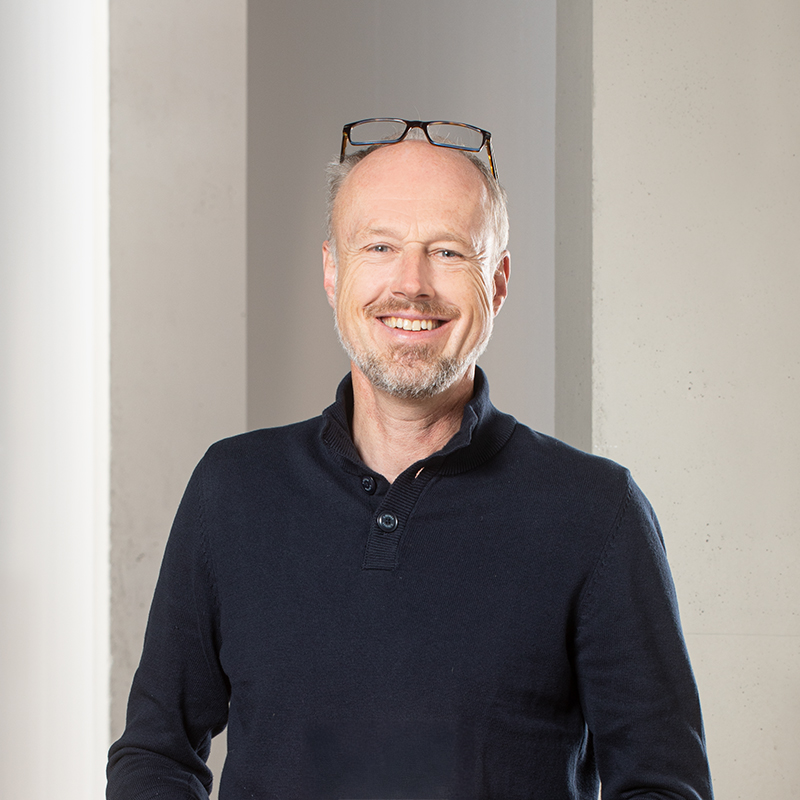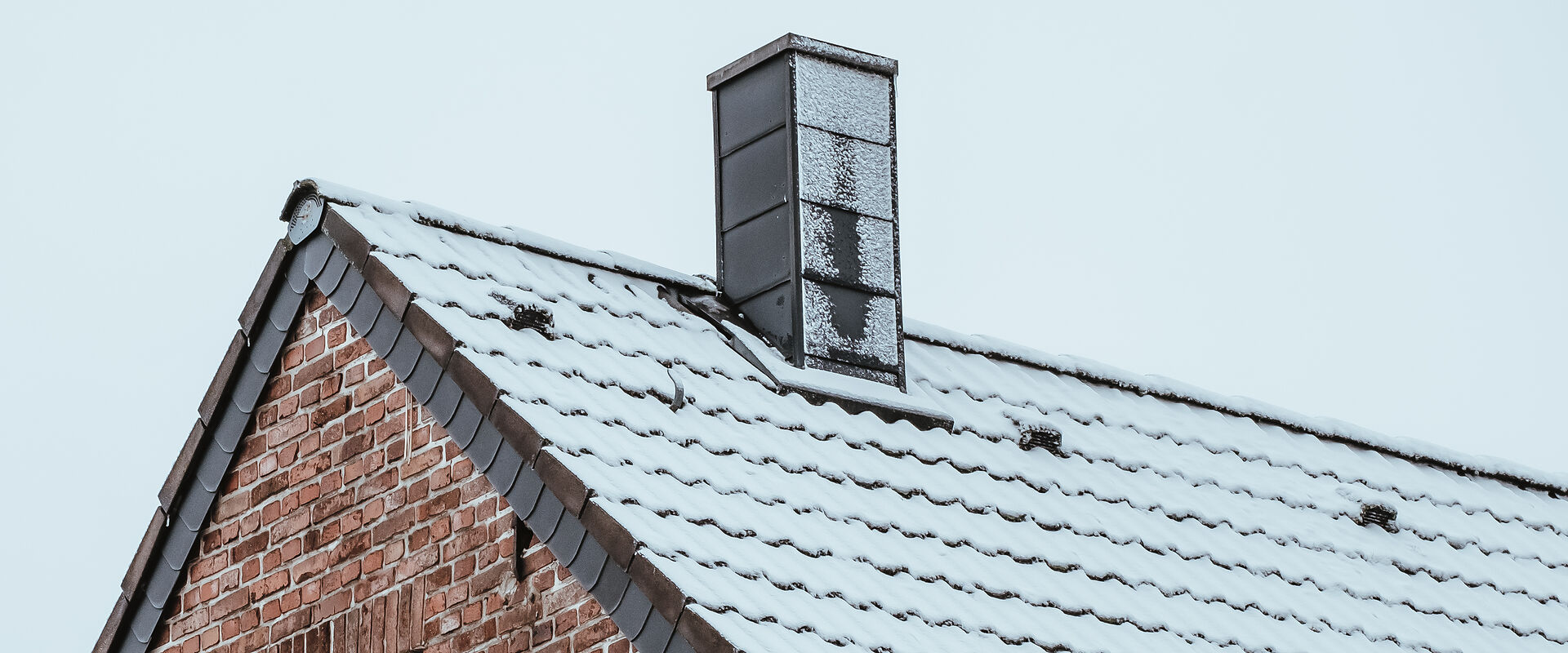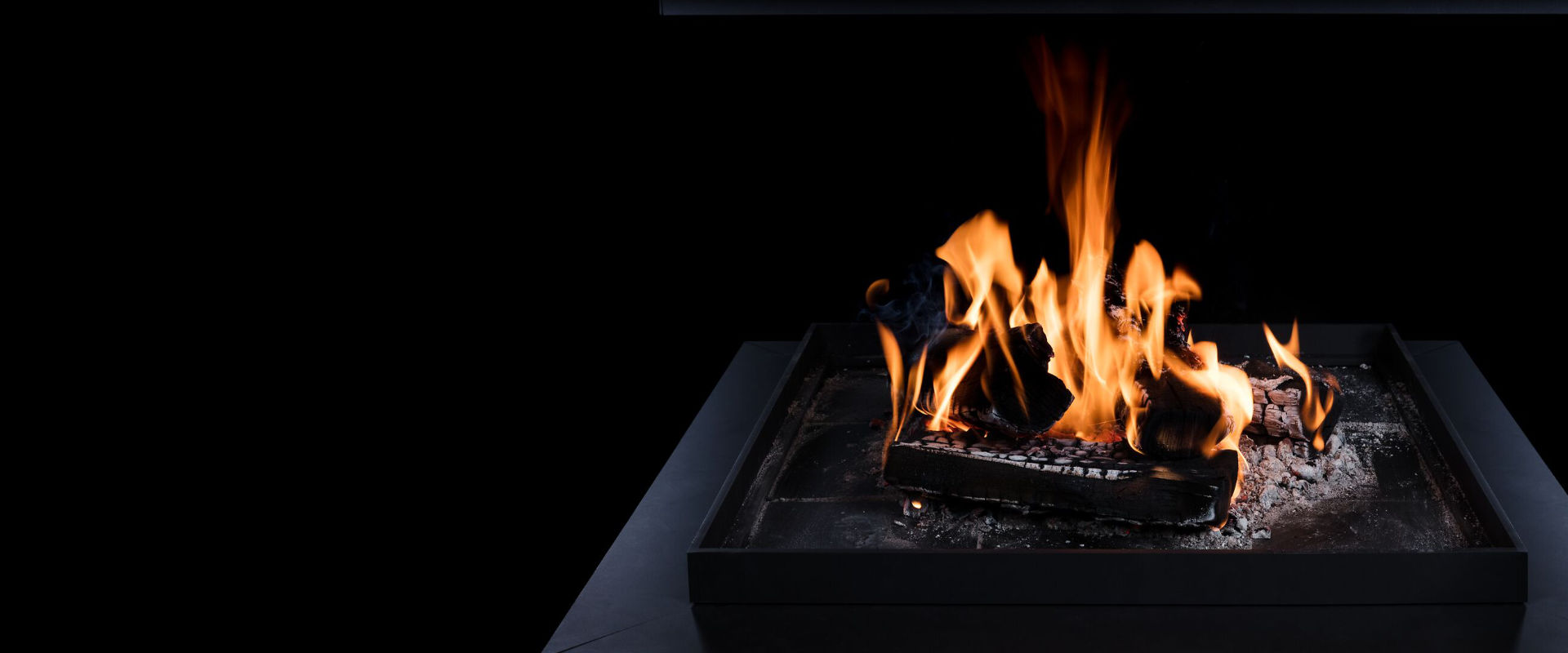Function of the chimney
A chimney’s main purpose is to carry the smoke gases produced during combustion in a fireplace or stove to the outside while supplying the fire with fresh oxygen. This works through what is known as the chimney effect. It is a physical principle based on the difference in density between warm and cold air.
The warm smoke gases generated during combustion are less dense than the cooler air inside the chimney. As a result, the warm gases rise and are vented outside through the chimney. At the same time, this creates a vacuum inside the fireplace or stove, which draws in fresh air and provides the fire with the oxygen it needs. The chimney’s draft ensures the smooth operation of the fireplace or stove and essentially acts as its “engine.”
The right chimney size
For this principle to work effectively, the chimney’s design (masonry, stainless steel, or double-wall systems) and its dimensions must match the specific fireplace or stove.
If this is not the case, the necessary draft cannot be generated to remove exhaust gases and supply oxygen. Therefore, a so-called chimney cross-section calculation is recommended, which follows a specific DIN standard. This calculation takes into account the type of fireplace or stove, its performance, and the pressure conditions it creates.
Calculation and maintenance by the chimney sweep
When planning a chimney or before purchasing a stove or fireplace, the cross-section calculation should be carried out by a professional. The district chimney sweep can assist with this and provide advice on other legal requirements.
Even if a chimney and stove are already installed, regular maintenance by a professional is essential. The chimney sweep inspects the chimney for deposits and cleans it to prevent malfunctions and possible soot fires.

Expert advice
A chimney should be planned during the construction of a house, even if no fireplace or stove is currently intended. In general, a chimney increases the overall value of the property, while adding one later is much more complex and costly.
If there is still no chimney in the house, there are alternative options for retrofitting. Learn more in our article “What to do if there is no chimney.”





